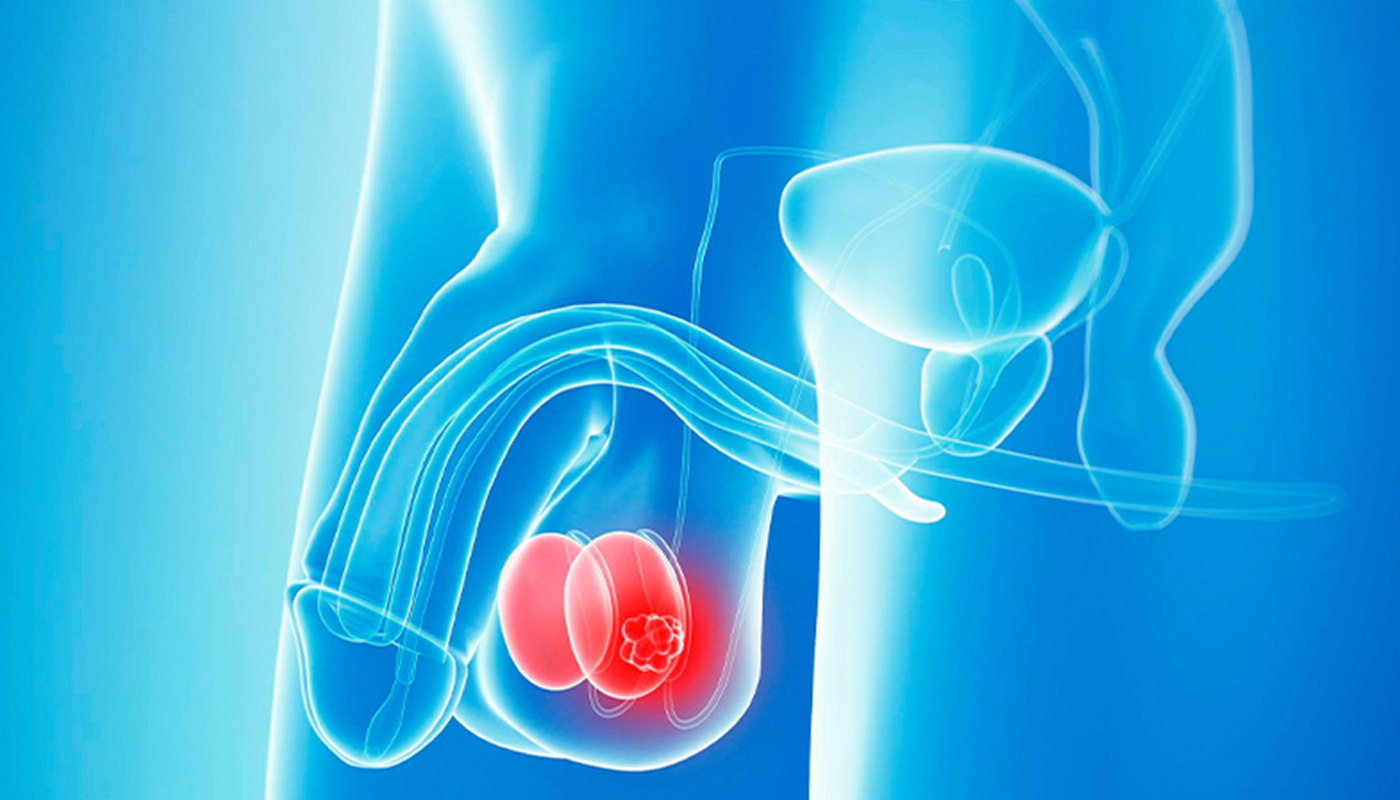Testicular Cancer

Testes (i.e. ovaries) are a pair of oval-shaped organs located in a skin sac called the scrotum (scrotum) located at the bottom of the penis, producing sperm necessary for reproduction. It is part of the male reproductive system. Starting from puberty, the testicles produce both the male hormone testosterone and sperm.
Testosterone is a hormone that provides male characteristics such as deepening of the voice and hair growth, and controls erection (hardening) and sexual drive (libido).
What is Testicular Cancer?
Testicular cancer is a rare disease that occurs in 1-2% of men. More than 95% can be cured with today’s treatments. It is generally seen between the ages of 20-40 and is the second most common type of cancer after leukemia in adolescents between the ages of 15-19.
Its incidence increases in the first year of life, between the ages of 20-40 and at the age of 60. Testicular cancer most often originates from the cells of the testicle that produce sperm and testosterone.
What are the symptoms of Prostate Cancer?
The most common symptom of testicular cancer is a usually painless mass or swelling in a part of the testicle. The mass can sometimes distort the shape of the testicle. Rarely, there may be pain in the lower abdomen. It can be noticed in 10% of patients when they consult a urologist due to their inability to have children.
Sometimes testicular cancer can spread to the lymph nodes around the main artery and vein in the back of the abdomen. This may cause abdominal swelling and back pain.
Testicular cancer can also spread to the lymph nodes between the middle of your chest and the lungs. In this case, it may cause cough, difficulty breathing or swallowing, and swelling in the chest. It may also cause lumps in different parts of the body (in the armpit and neck area) due to spread to the lymph nodes.
Early Diagnosis of Testicular Cancer
Cancers diagnosed early can be treated much more easily. Being aware of how your testicles look and feel lets you know when a change occurs. If you notice any changes that are not normal for you, contact your doctor.
It will be sufficient to perform this check by manually examining your testicles from time to time. It is necessary to do it especially in hot environments (during bathing). Examine your testicles using the fingers and thumb of both hands. Comparing it with the other testicle will help you understand whether there is an abnormality.
If you notice a swelling in your testicle, make an appointment to have it checked by your doctor as soon as possible.
Types of Testicular Cancer
There are 2 main types of testicular cancer: seminoma and non-seminoma. These develop from germ cells in the testicles. These can sometimes be seen together. All these testicular cancers are treated in more or less the same way.
What are the Risks and Causes of Testicular Cancer?
Undescended testicle is the most important risk factor for testicular cancer. There is approximately a 2-fold higher risk of developing cancer, especially between patients who had undescended testicle treatment before the age of 13 and patients who did not.
Genetic and familial factors are also risk factors for testicular cancer. Ethnicity also affects the risk of developing cancer.
What is the Success Rate of Testicular Tumor Treatments?
In low-stage disease, success rates approaching 100% have been achieved by applying effective surgery, chemotherapy and radiotherapy (one or more). Even in advanced stage disease, success rates are over 85%.

